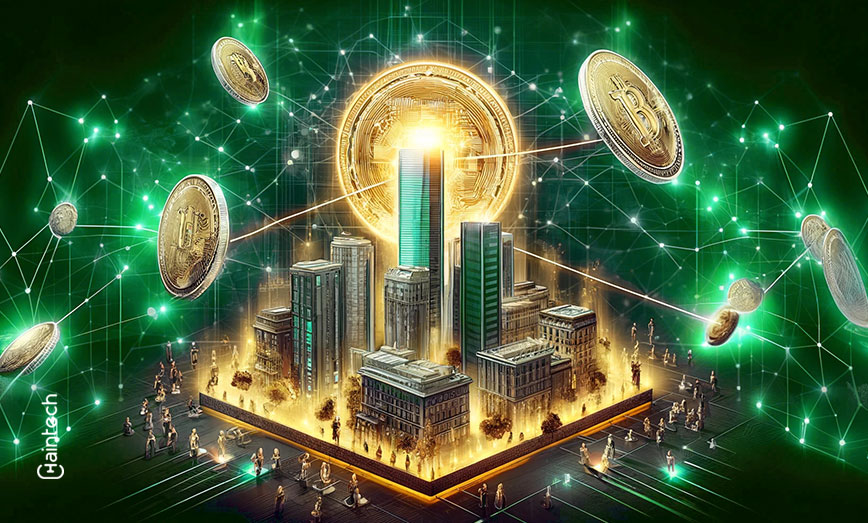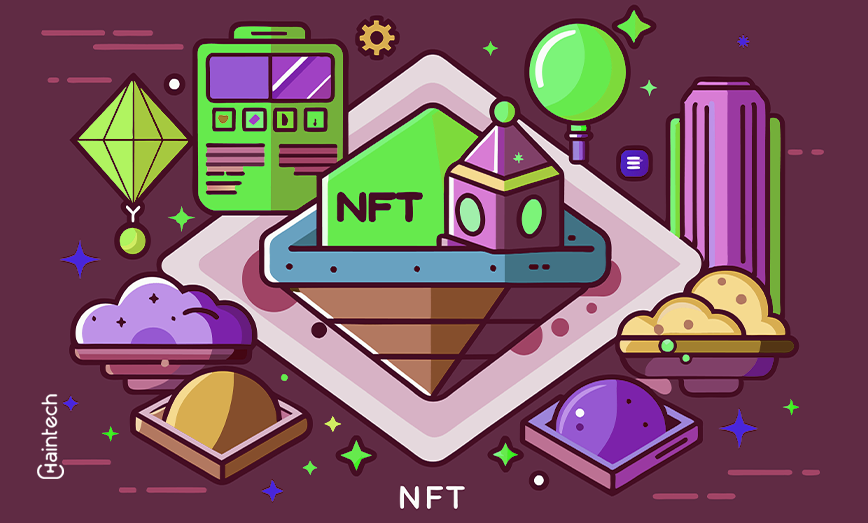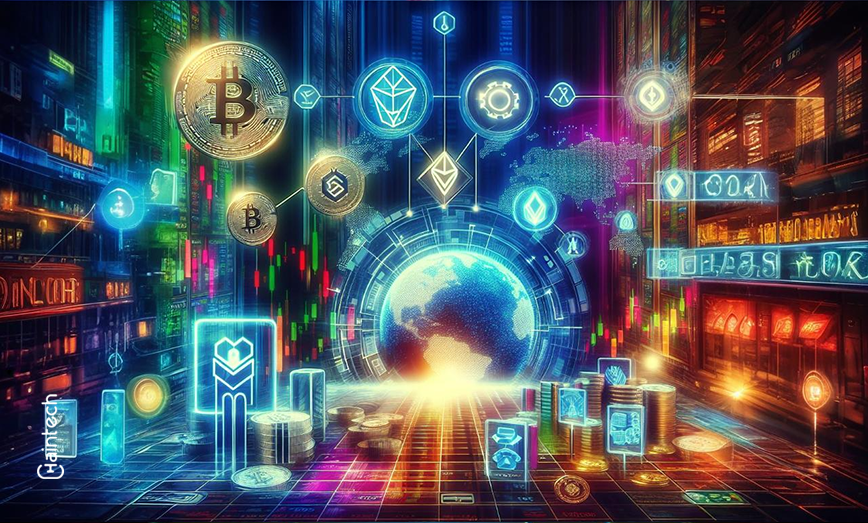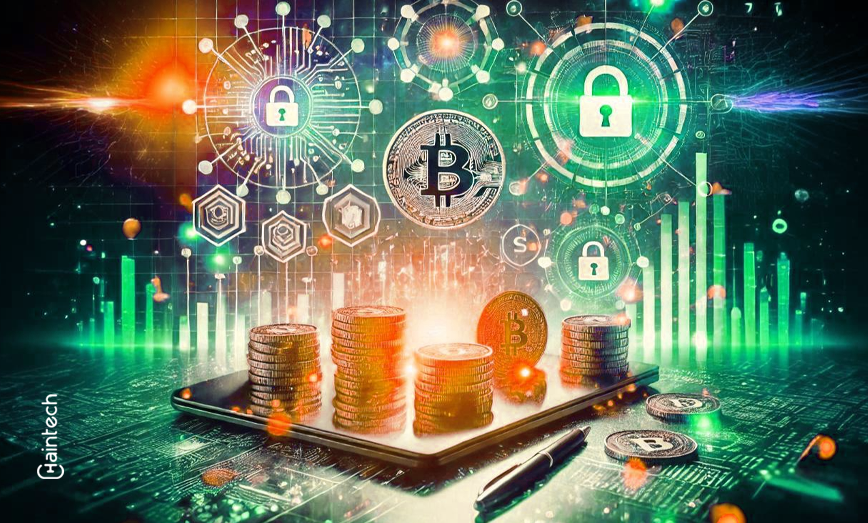Ownership: How Tokenization Transforms High-Value Investments

The way we approach owning and investing in high-value assets has dramatically shifted due to tokenization, offering new prospects for both tokenization and fractional ownership. For example, even if you are at the lower end of the economic pyramid, you can still own a small share of a luxury apartment or a famous painting.
With tokenization, this dream is now a reality. It uses secure blockchain technology to break down these assets into smaller, affordable digital tokens. What it means is that you can own a part of something important, even, for example, a slice of a piece of a very expensive house or a unique piece of art, you can do this without billions in your bank account.
Tokenization is enabling investors to penetrate markets that were previously controlled and shielded. It is creating revolutions in real estate, the high-end art market, and even renewable energy projects – opening them up to broad participation by different investors.
What is tokenization, and how does it work?
The act of transforming the ownership of a tangible or digitized asset into digital assets is termed tokenization. Such tokens are like small pieces of a bigger jigsaw puzzle, and every piece represents a fraction of the asset. Tokenization technology allows the conversion of an asset into tokens, which enables secure, clear, and unchangeable transactions.
Here’s how it works:
- The asset is evaluated and divided into smaller units.
- Each unit is represented by a digital token on a blockchain.
- Investors buy these tokens, which helps them gain ownership of that particular asset.
- All transactions are stored in the blockchain ledger, which is traceable and secure.
For example, a million-dollar commercial property can be divided into thousands of tokens. Investors can buy as many tokens as they can afford, giving them partial ownership.
Benefits of tokenization for fractional ownership
Tokenization and fractional ownership are making asset ownership accessible to everyone. Here’s why it matters:
- Affordability: You can invest in high-value assets without needing much money.
- Global access: Blockchain eliminates geographical barriers, letting anyone invest from anywhere.
- Liquidity: Unlike traditional ownership, tokens can be traded easily on digital marketplaces.
- Security: Blockchain’s encryption ensures safe and reliable transactions.
- Transparency: Ownership details are recorded publicly, reducing fraud and disputes.
- Diversification: You can spread your investments across multiple assets, minimizing risks.
Traditional vs. Tokenized Ownership
| Feature | Traditional Ownership | Tokenized Ownership |
| Accessibility | Limited to wealthy buyers | Open to everyone |
| Liquidity | Hard to sell quickly | Easily tradable tokens |
| Transaction speed | Weeks or months | Instant or same-day |
| Investment size | Large, all-or-nothing | Small, flexible investments |
| Transparency | Paper-based, opaque | Blockchain, fully visible |
Tokenization simplifies owning valuable assets while offering more flexibility and security than traditional models.
Real-life examples of tokenized assets
Tokenization is no longer just a concept; it’s already transforming industries:
- Real estate: Platforms like RealT allow investors to own fractions of rental properties for as little as $50.
- Art and collectibles: Companies like Masterworks tokenize iconic artworks, letting investors buy shares of masterpieces.
- Luxury items: Rare cars, watches, and jewelry, unique collectibles, are being tokenized so that enthusiasts can easily enjoy these relics.
- Sports teams: Currently, fans can own tokenized shares of their sports teams and cheer while making some profits.
- Renewable energy: Green energy projects use tokenization to attract global small-scale investors.
Such examples highlight how new technology, such as tokenization, makes things easier and possible for average investors.
Interesting fact:
Imagine owning a fraction of your favorite sports team! Tokenization makes it possible for fans to buy tokenized shares in their teams, giving them a stake in the action—sometimes even with perks like voting rights or profit shares. It’s a game-changer for fan engagement.
Challenges of tokenization and how to overcome them
Like any innovation, tokenization has its challenges. Here are some common obstacles:
- Regulatory uncertainty: Laws around tokenization are still evolving, creating a gray area for investors and platforms.
- Technology barriers: Blockchain and digital wallets can be confusing for beginners.
- Market risks: Tokens are subject to price fluctuations, much like stocks.
- Adoption resistance: Some industries hesitate to embrace tokenization due to fear of disruption.
Overcoming these challenges
- Research regulations: Understand the legal framework in your region before investing.
- Choose a good platform: Leverage secure platforms that have detailed regulations.
- Diversify your investments: Do not invest in a tokenized asset that bears all your cash.
- Educate yourself: Learn about blockchain and tokenization to make informed decisions.
While challenges exist, the benefits of tokenization far outweigh the risks when approached wisely.
How tokenization empowers small investors
Tokenization and fractional ownership have made it possible for average investors to purchase a piece of prime assets without spending a fortune. Firstly, things like high-value luxury real estate or rare forms of art were in the hands of the few, that is, the very rich. Tokenization has altered that because it enables these high-value assets to be broken down into smaller and cheaper digital tokens.
For example, imagine you want to invest in a commercial property worth millions. Traditionally, you’d need substantial capital to buy the property outright or join an exclusive investment group. With tokenization, you can purchase a small fraction of the property through tokens, creating an opportunity for fractional ownership. These tokens give you partial ownership and even a share of the returns, such as rental income or value appreciation.
The best part? Tokenization allows investors to diversify. Instead of putting all your money into one asset, you can spread your investment across multiple tokens in different industries. This diversification reduces risk and increases the chances of consistent returns.
Small investors also benefit from blockchain’s transparency and security. Every transaction is recorded, ensuring there’s no ambiguity about ownership. This trust and accessibility make tokenization and fractional ownership powerful tools for those looking to grow their wealth without massive upfront costs. Tokenization truly empowers small investors to think big.
Industries benefiting from tokenization
Tokenization isn’t limited to one sector; it’s impacting multiple industries. Here’s a breakdown of its applications:
| Industry | Example Use Cases |
| Real Estate | Fractional ownership of residential and commercial properties. |
| Art and Collectibles | Tokenized shares of famous artworks and rare memorabilia. |
| Luxury Goods | Investments in vintage cars watches, and designer items. |
| Renewable Energy | Funding wind, solar, and hydro projects through tokenization. |
| Sports and Entertainment | Owning shares of teams, events, or movie projects. |
Tokenization is reshaping how these industries operate, making them more accessible and efficient.
Why tokenization is the future of investing
Tokenization is not a fad; it’s becoming one of the most impactful changes. This is how the future might look:
- Global real estate markets: Tokenization will make property ownership borderless and affordable.
- Cultural preservation: Museums could tokenize historical artifacts, letting people “own” pieces of history.
- Inclusive wealth-building: Underserved communities will gain access to wealth-building opportunities through small, affordable investments.
- Faster adoption: As regulations evolve, more industries will adopt tokenization to attract investors.
There are studies that suggest over 20 trillion dollars that are stuck in non-liquid assets could be unfettered thanks to tokenization. This is a future whereby wealth can be built by everyone regardless of earnings.
Tokenization is reaching beyond Earth! Some companies are exploring tokenized investments in space missions and satellite projects. This means you could own a small share of a satellite or even contribute to funding a mission to Mars. The future of investing truly has no limits!
Your key to owning a piece of the future
Tokenization and fractional ownership are changing how we think about ownership. It is democratizing investments simply by letting people acquire previously unattainable investments. There is no need to be a millionaire in order to invest in luxury or to diversify your portfolio anymore.
Thanks to the power of blockchain technology, security and transparency surrounding these two methods of investment will go a long way in ensuring that the future is bright and rosy because you’ll have diversity in your investment plans.
Want to be a part of the future today? Start exploring tokenized platforms today and take control of your financial journey.
FAQs
1. What is tokenization in investing?
It’s the process of dividing an asset into digital tokens that represent fractional ownership.
2. How does blockchain make tokenization safe?
Blockchain records every transaction securely and transparently, reducing fraud.
3. What types of assets can be tokenized?
Anything from real estate and art to sports teams and renewable energy projects.
4. Can I sell my tokens anytime?
Yes, most tokens are easily tradable on digital marketplaces.
5. Do I need a lot of money to invest in tokenized assets?
No, tokenization allows small investments, making it affordable for everyone.









